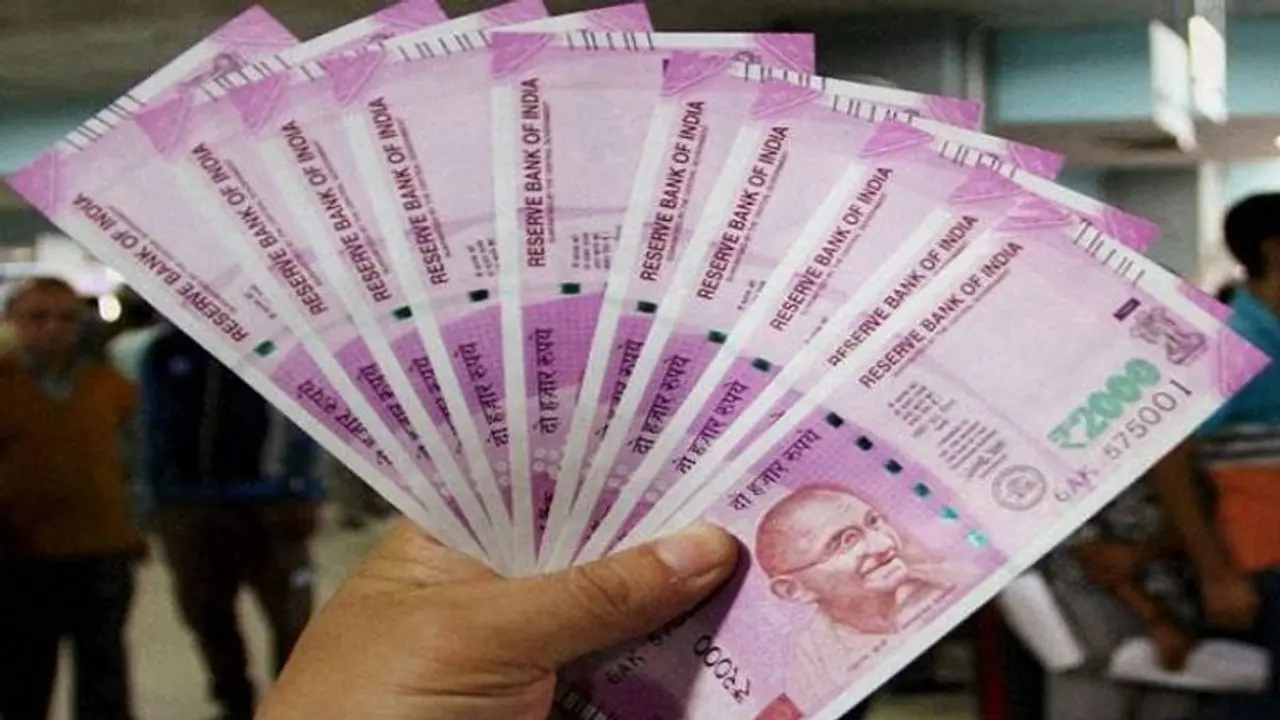The research, titled "World Inequality Report 2022," was written by Lucas Chancel, co-director of the World Inequality Lab, and was coordinated by various specialists, including French economist Thomas Piketty.
According to a research, India is a "poor and severely unequal" country, with the richest 1% of the population possessing more than one-fifth of total national wealth in 2021 and the bottom half only 13%. The research, titled "World Inequality Report 2022," was written by Lucas Chancel, co-director of the World Inequality Lab, and was coordinated by various specialists, including French economist Thomas Piketty. It went on to say that India is now one of the world's most unequal countries. According to the survey, the average national income of Indian adults is Rs 204,200. While the lowest 50% earn Rs 53,610, the wealthiest 10% make more than 20 times that (Rs 1,166,520).

According to the research, although the top 10% and top 1% retain 57 per cent and 22 per cent of total national income, respectively, the bottom 50% share has fallen to 13 per cent. It went on to say that India stands out as a poor and unequal country with an affluent elite. The average household wealth in India, according to the survey, is Rs 9,83,010. It found that during the mid-1980s, deregulation and liberalisation policies have resulted in "one of the most dramatic rises in income and wealth disparity documented in the world." It further said that gender disparities in India are substantial.
"
Also Read | Indicators suggest economic recovery now taking hold, consumption demand making comeback: Shaktikanta Das
The globe map of inequalities shows that national average income levels are poor predictors of inequality; among high-income nations, some are unequal (such as the United States), while others are relatively equal (Sweden). According to the research, income and wealth inequality have risen practically everywhere during the 1980s due to a succession of deregulation and liberalisation initiatives that took different shapes in different nations. According to the analysis, global disparities remain severe in 2021, despite three decades of trade and financial globalisation. According to the report's principal author, Lucas Chancel, the COVID issue has increased inequality between the extremely affluent and the rest of the population.
